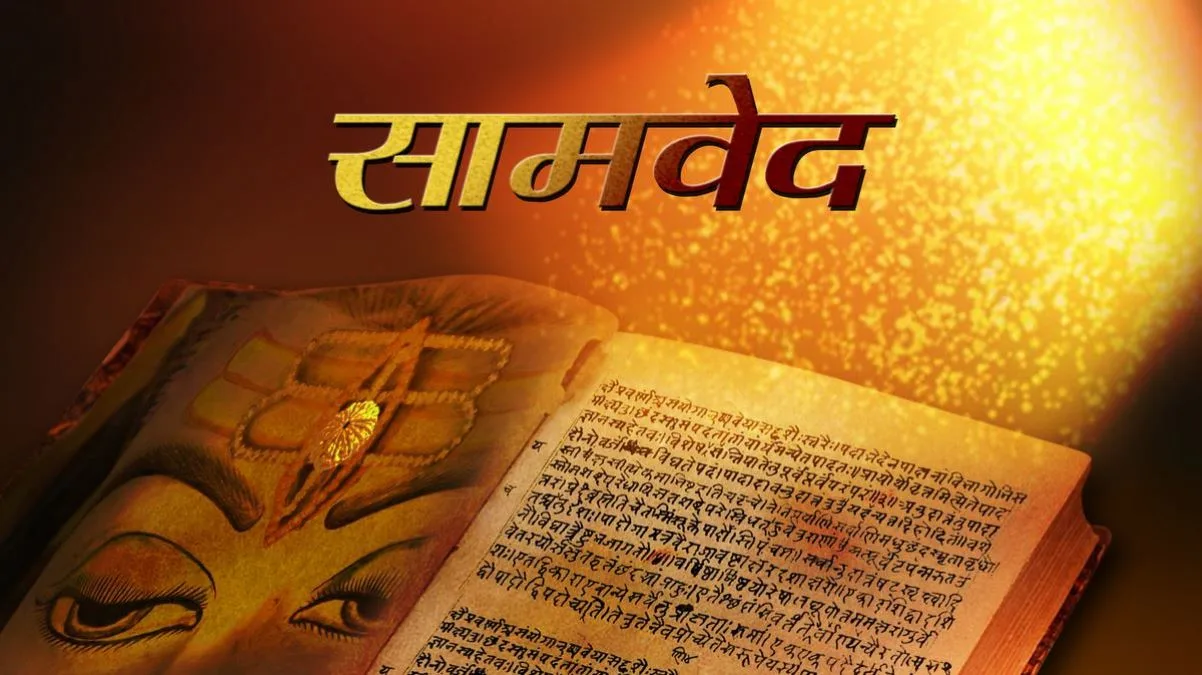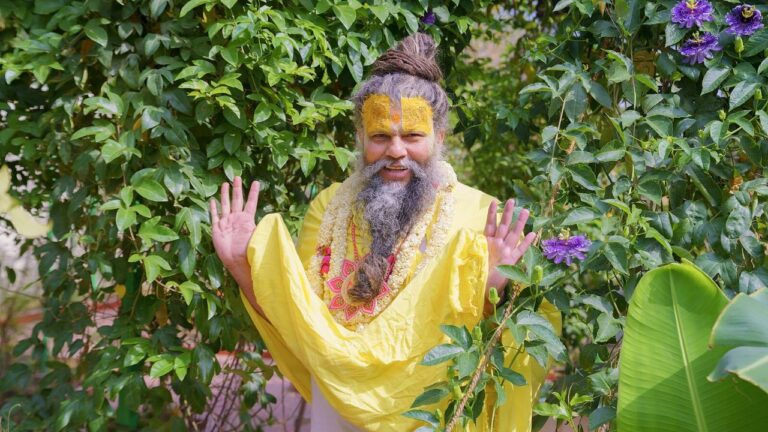
Samaveda: Unveiling the Veda of Melodies and Chants
The Samaveda, also known as the “Veda of Chants” or the “Book of Song,” is a venerable piece of ancient Vedic Sanskrit literature that holds a significant place within Hinduism’s scriptures. As one of the four Vedas, it stands as a testament to the spiritual and cultural richness of the Indian subcontinent. This article explores the intricate details of the Samaveda, shedding light on its origins, significance, divisions, and its profound influence on Indian classical music and philosophy.
Origins and Significance
The Samaveda is believed to have been composed between 1200 and 800 BCE, during a period when the foundations of Hinduism were being laid. It is closely intertwined with the Rigveda, another essential Vedic scripture, as many of its verses have been borrowed from the Rigveda’s Samhita. Despite this connection, the Samaveda holds its unique identity as a collection of hymns primarily intended for musical recitations during rituals.
Divisions of the Samaveda
The Samaveda is divided into two principal sections: Part I comprises the Gana melodies, while Part II contains the Archika, a three-verse book. These verses are designed to be recited during the Soma-sacrifice rituals and related processes. The Gana melodies are further categorized into Gramageya and Aranyageya sections. The former is meant for public recitations, while the latter is intended for solitary contemplative use, perhaps in the serene solitude of a forest.
The Purvarcika and Uttararcika sections make up the Archika part. The Purvarcika section contains 585 single-stanza poems organized by deities, while the Uttararcika section is structured by rites. These divisions highlight the meticulous arrangement of the Samaveda’s content, aligning each section with specific ceremonial and contemplative contexts.
Influence on Indian Classical Music and Dance
The Samaveda holds a revered position as the foundation for Indian classical music and dance. The melodies and rhythms found in this Veda have served as the building blocks for the intricate and soul-stirring compositions of classical musicians and dancers over centuries.
The system of ragas and talas, integral to Indian classical music, finds its roots in the musical patterns of the Samaveda. This ancient scripture’s profound influence on the performing arts continues to resonate in the intricate melodies and graceful movements seen in Indian classical performances today.
Chandogya Upanishad: A Philosophical Gem
The Samaveda is not solely a collection of chants and musical scores; it also houses philosophical treasures. The Chandogya Upanishad, a part of the Samaveda, delves into profound spiritual and metaphysical insights. This Upanishad is a compilation of individual texts that were eventually merged into a larger narrative.
It explores themes such as the nature of reality, the self (Atman), and the interconnectedness of all existence. With its diverse and expansive range of teachings, the Chandogya Upanishad has been a source of contemplation and inspiration for seekers of wisdom.
Kena Upanishad: Exploring Self-Knowledge
Another jewel within the Samaveda’s crown is the Kena Upanishad. This Upanishad, though shorter than its counterpart, the Chandogya Upanishad, carries profound philosophical insights. It delves into the inherent desire for spiritual knowledge and self-awareness that resides within all beings. The Kena Upanishad underscores the importance of ethical living as a foundation for self-realization and understanding the essence of the Atman-Brahman, the transcendent reality.
Conclusion
The Samaveda stands as a testament to the rich tapestry of ancient Indian spirituality, music, and philosophy. With its melodic verses and profound teachings, it continues to influence the realms of music, dance, and spiritual contemplation.
From its intricate divisions to the timeless wisdom encapsulated in its Upanishads, the Samaveda remains a timeless source of inspiration and insight, bridging the gap between the material and the divine.






